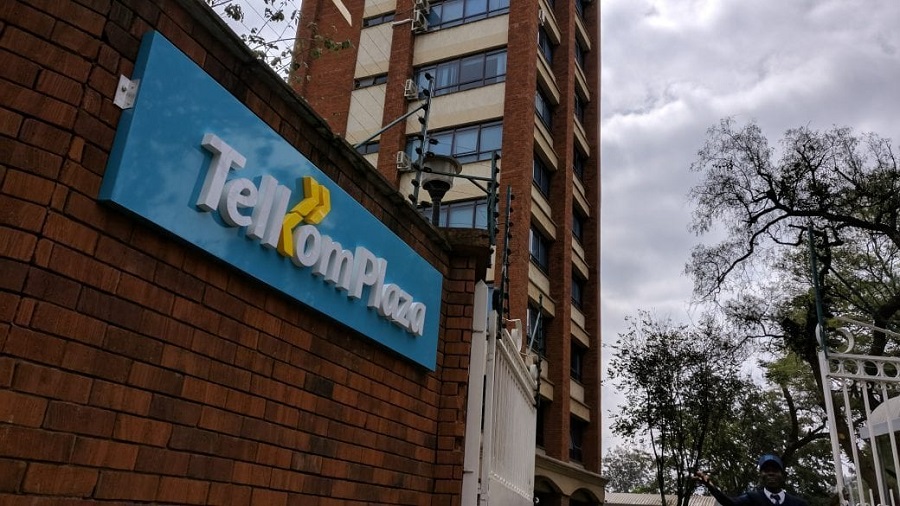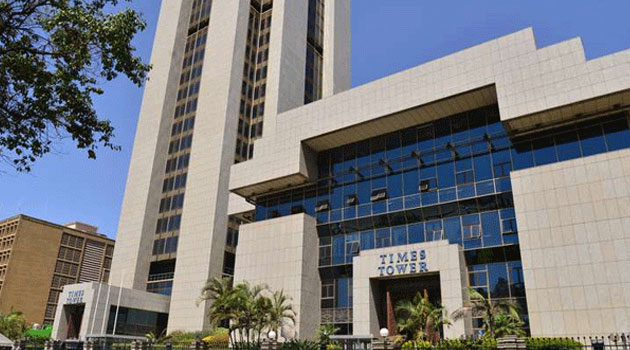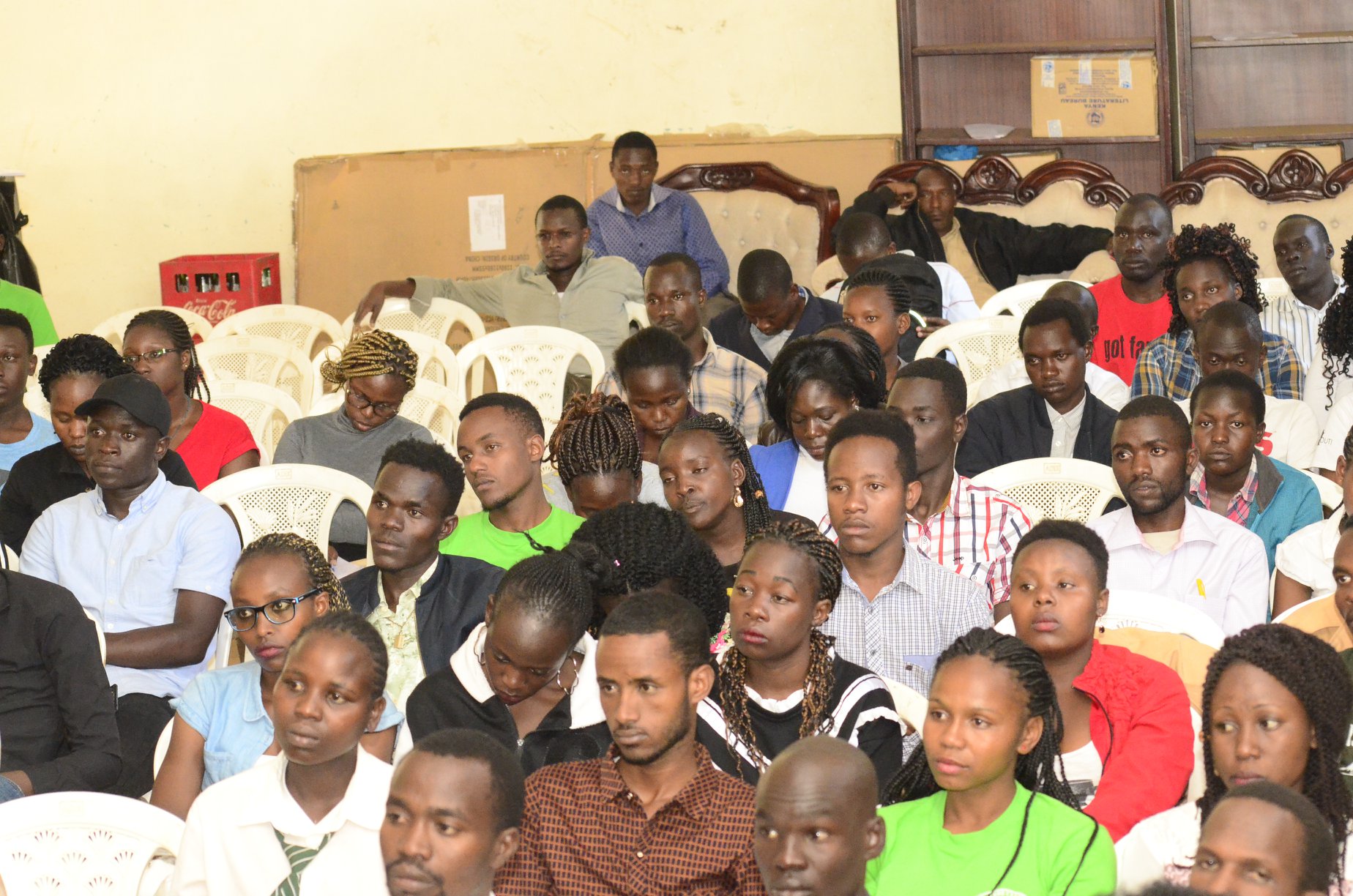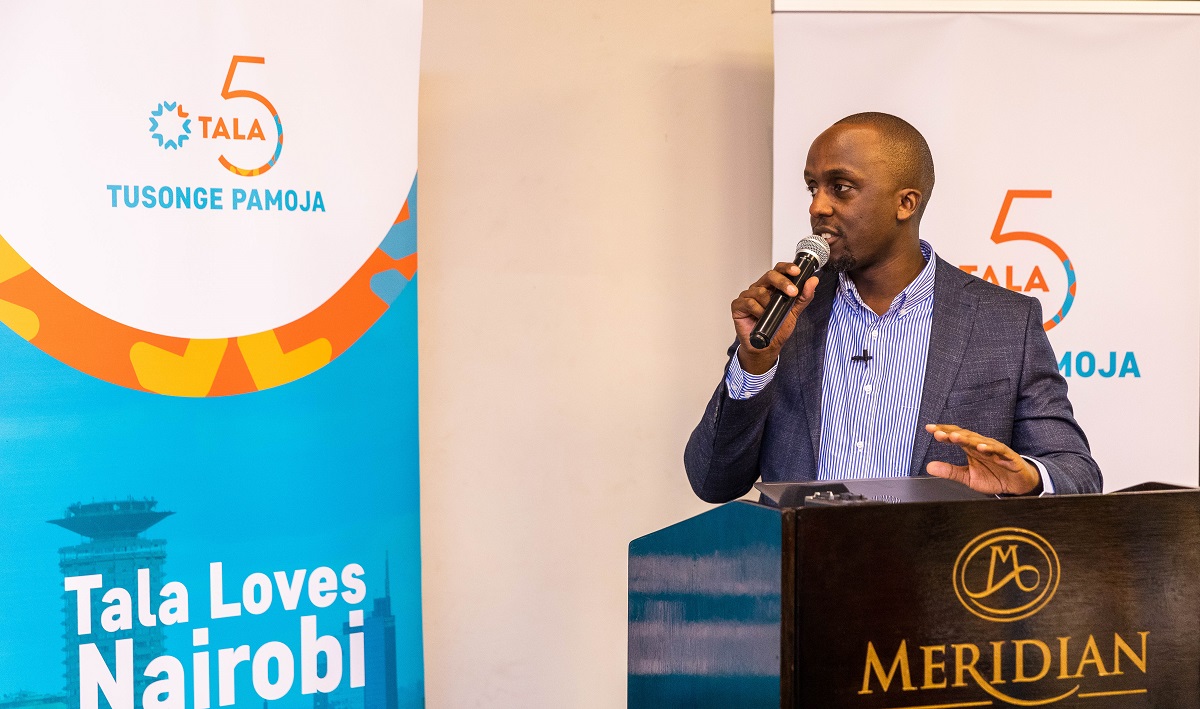Ericsson and Red Hat have expanded their collaboration for the validation of network functions and platforms to enable service providers to bring their next-generation services to market faster in a multi-vendor scenario.
The companies say that service providers are uniquely positioned to serve up a new generation of immersive, personalised, ultra-reliable experiences, applications, and solutions.
“As service providers deploy 5G, they are focused on becoming more agile and innovative as businesses, allowing them to accelerate time to value. In undertaking this transformation, they must find the right balance between cost, risk and time to market,” a statement from the two companies read in part.
Ericsson and Red Hat say that a multi-vendor approach requires a different plan of action compared to deciding for a single-vendor approach with vertically integrated solution and lifecycle management.
“Building multi-vendor networks requires proven interoperability in order to reap the ultimate benefits of flexibility and choice. Beyond the joįnt Ericsson and Red Hat work, we’re immersed in a broader ecosystem collaboration to simplify integrating different technologies and suppliers,” the statement added.
Ericsson and Red Hat want to free up service providers to focus on adding differentiation to their 5G services and value for their customers.
“We’ve been working for many months to define the optimal operating model for a multi-vendor scenario, so as to guide customers on how to deploy and fine-tune the combinations of Ericsson and Red Hat technologies, saving them time and resources,” they added.
Ericsson network functions on Red Hat platforms
The Ericsson and Red Hat collaboration aims to give service providers the confidence to accelerate their network transformation and reduce the risk when pursuing a multi-vendor strategy. Red Hat’s open hybrid cloud platforms are tested to run Ericsson’s network functions – which together make up a pre-defined reference configuration – that helps reduce the deployment complexity of distributed networks.
Ericsson and Red Hat now have validated solutions ready to deploy, empowering service providers with an open platform that extends across a network for vEPC, 5G Core, IMS, OSS and BSS. The two teams have been integrating Ericsson’s network function solutions with Red Hat OpenShift and Red Hat OpenStack Platform. They have been running proof of concepts (POCs) with service providers around the world and have their first commercial 5G core deployments.
Ericsson and Red Hat are engaged in multiple technical collaboration projects at various stages and maturity. Including a collaboration for Cloud RAN where Red Hat participates in Ericsson’s Open Lab for interactive innovation with Ericsson Cloud RAN customers and ecosystem partners around the world.
The key thread across all these technical collaboration projects is that they’re all leveraging a common and worked-out methodology.
“Our technical collaboration projects begin with addressing the Ericsson network functions’ requirements for the Red Hat infrastructure, together with a pre-defined networking blueprint and the compute requirements. This is done to ensure the platform’s capabilities for onboarding and hosting of the network functions, as well as to define an initial joįnt target reference configuration,” added the two firms.
The target reference configuration is deployed in a joint engineering lab environment and subject to an extensive set of test cases (onboarding, security, robustness, resilience, automation). During the testing phase, engineers make adjustments to the target reference configuration, if required, to attain the final validated reference configuration.
The software baseline, deployment guides and blueprints for the validated reference configuration of the network functions and platform are fully documented along with the test case results. These allow service providers, in their role as prime integrator, to speed up installation, mitigate risks and limit the need for extensive system integration work.
5G Core and Cloud RAN
The cloud-native projects for Ericsson’s dual-mode 5G Core and Ericsson’s Cloud RAN running on Red Hat OpenShift Container Platform have attracted significant market interest. The collaboration project for Cloud RAN hosted on OpenShift is in the executįon stage, centered around our joint engineering teams making OpenShift ready to handle the cloud-native requirements of Ericsson’s Cloud RAN. For Ericsson’s dual-mode 5G Core hosted on OpenShift there are early commercial operations carrying live traffic, with larger-scale commercial availability targeted for Q4, 2022. While the specific scope and challenges addressed for 5G Core and for Cloud RAN are different, the collaboration rests on the same methodology and engineering partnership.
Dual-mode 5G Core, Cloud RAN and all other Ericsson cloud-native network functions (CNFs) are by design built on cloud-native principles and fully compliant with the requirements of the Cloud Native Computing Foundation (CNCF), as is Red Hat OpenShift.
Ericsson’s dual-mode 5G Core is built with a cloud-native, microservices-based architecture and combines Evolved Packet Core (EPC) and 5G Core (5GC) network functions into a common multi-access and cloud-native platform that supports 5G and as well as previous generations of Mobile Packet Core. It’s an evolution of Ericsson’s powerful virtualised portfolio, designed for cloud deployment, consisting of its Cloud Packet Core, Cloud Unified Data Management (UDM) and Policy and Signaling Controller products.
Ericsson Cloud RAN is a cloud-native software solution delivering disaggregated RAN functionality. Cloud RAN is a viable option for service providers to have increased flexibility, faster delivery of services and greater scalability in networks.
Read: It’s Now Easier To Buy a House In Nairobi As Prices Drop
>>> Ericsson Launches Graduate Program in Kenya


![Kune staff including founder Robin Reecht (far right) pose with one of several billboards the company put up as it launched. [Photo/ Linkedin]](https://businesstoday.co.ke/wp-content/uploads/2022/06/1648042657681-150x150.jpeg)
















































![Pula Co-Founders and Co-CEOs, Rose Goslinga & Thomas Njeru. Pula provides agricultural insurance and digital products to help smallholder farmers manage climate risks, improve farming practices and increase their incomes. [ Photo / Courtesy ]](https://businesstoday.co.ke/wp-content/uploads/2021/01/Pula-Co-Founders-and-Co-CEOs-Thomas-Njeru-Rose-Goslinga.jpg)




























































Leave a comment